
What Could Have Been: Shopworn
It’s usually hard to bet against Barbara Stanwyck. Starting her career in the late 1920s, within a few years she was already churning out star making roles as plucky working class girls who could rise to the top: think Ten Cents a Dance (1931) and Baby Face (1933) – both reviewed here on Filmizon, only to further elevate herself during the film noir era with starring roles like Double Indemnity (1944) and The Strange Love of Martha Ivers (1946) – also both on Filmizon, she even conquered television later in her career as matriarch Victoria Barkley in 112 episodes of Big Valley from the mid to late 1960s. In other words, it’s rather unusual to see her in a clunker... though with the film looked at here today, Shopworn (1932), directed by Nick Grinde, Stanwyck herself described it as, “one of those terrible pictures they sandwiched in when you started”.
-
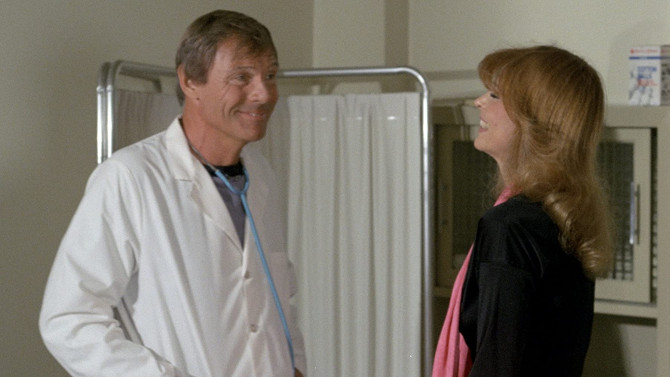
What Could Have Been: Hell Riders
May 22, 2020Do you know what you get when you cross Tina Louise and Adam West? For anyone who said Ginger Batman, you would be completely wrong. You’ve actually somehow found your way to the 1984, below B exploitation action movie Hell Riders, directed by James Bryan. An entertainingly bad western-style action movie missing any of the class of a Billy Jack (and a film like that didn’t have a ton of class), the narrative follows traveller Claire Delaney (Tina Louise), a woman who is having a rather difficult time with her clunker of an automobile.
-
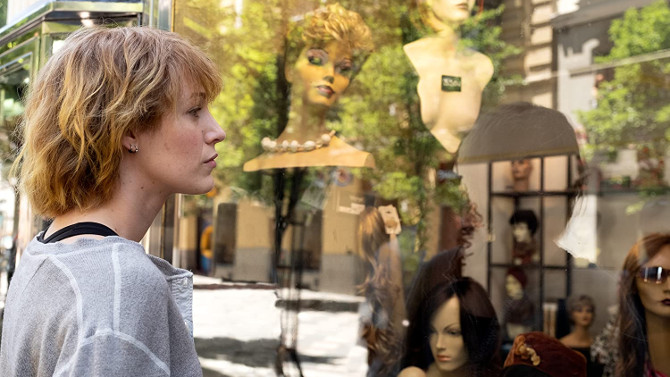
What Could Have Been: The Rhythm Section
May 19, 2020When you see the names Michael G. Wilson and Barbara Broccoli, you almost inevitably know that you are in for a James Bond film. The two longtime producers of the franchise (and children of original mastermind Albert R. “Cubby” Broccoli), have been working on these projects since the Timothy Dalton era. With closure now coming to the Daniel Craig era – his final Bond feature, No Time to Die, is slated for a November release, and talk has turned to who will be next to play the super spy. Ranging from Tom Hardy and Tom Hiddleston, to excited chants for Idris Elba to become the first black Bond, there have even been some people saying that it is the right time for the first female Bond. Dividing fans, purists (like myself) are not overly fond of the idea, while some ‘perhaps’ more modern leaning viewers love the idea.
-
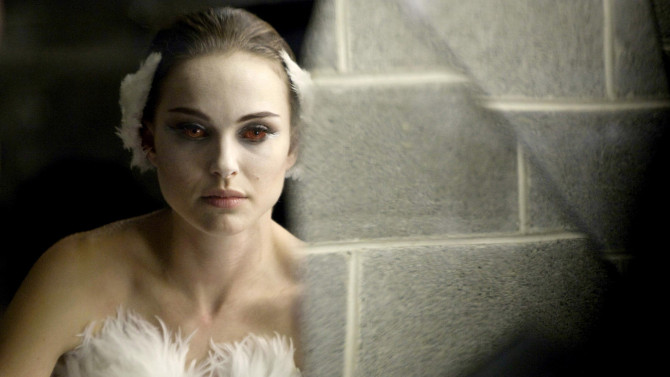
Top 25 Films of the Decade: 2010s
May 15, 2020I’ve been sitting on this ‘25 Films of the Decade’ list since the New Year. . . tinkering with it (crossing this one off and adding that one) – but, if I wait any longer, I’ll find myself in need of creating a new list for another decade. So, without further ado, here is this long awaited list (that no one even knew was coming). . . with a short description as to why each film made the cut.
-

What Could Have Been: Malabimba
April 29, 2020Like The Exorcist hopped up on a lethal combination of steroids and Viagra, 1979's Malabimba, directed by envelope pushing Andrea Bianchi (for a reminder of his more well known work, think of his playfully edgy 1975 giallo Strip Nude for Your Killer), is an Italian motion picture not for the faint of heart. . . or you, like one of the characters in the film, might find yourself stone cold. Of course, reading this, I’m sure most will think that this is some sort of poorly done, sleazy exploitation piece attempting to capitalize on the aforementioned horror classic. And though the second sentiment is wholly true, the former is most definitely not so.
-
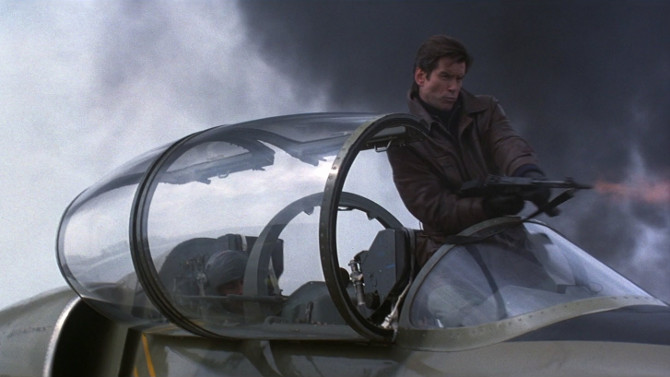
What Could Have Been: Tomorrow Never Dies
April 10, 2020Let me start by saying that every James Bond film, be it ‘good’ or ‘bad’ (for lack of a better term), is special. Since 1962's Dr. No, Ian Fleming’s famed spy has lit up the silver screen, not only awing and entertaining (for even the most frustrating of Bond films still have those wow moments of action, or those most entertaining one liners), but also holding a magnifying glass up to the then present day – analysing current issues (such as The Cold War, The Space Race, North Korea. . . the list goes on and on). . . understanding when to be more jokey or serious, it is a measuring stick of an historical document that speaks to what was on people’s minds in that specific year. Now, you might be wondering – why oh why review Roger Spottiswoode’s 1998 film Tomorrow Never Dies – for it is arguably one of the less magical efforts in the franchise. Being a fan of all things Bond, I recently read the film’s novelization, written by Raymond Benson (who wrote three novelizations during the Pierce Brosnan era, as well as six original novels, and three short stories). . . and was quite impressed by how entertaining it was (which didn’t exactly compute with my memories of the film).
-
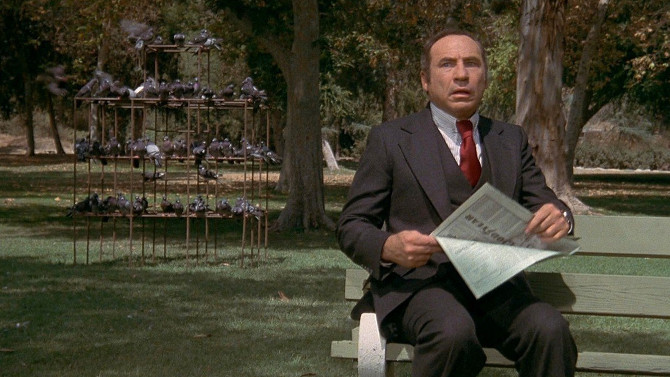
What Could Have Been: High Anxiety
March 17, 2020I will be the first to say that I absolutely love the great Mel Brooks. Secondly, I will also say that I absolutely love Alfred Hitchcock. So, to have a movie in which Mel Brooks satirizes the motion pictures of Alfred Hitchcock just seems like it would be pure twenty-four karat gold. Saying that, I probably went into 1977's High Anxiety with expectations that were just a bit too high. . . which caused me a touch of anxiety. Bringing together many of his usual comedy friends from his other 70s pictures, the plot follows the famed Dr. Richard Thorndyke (Mel Brooks) as he flies out to California for his new job – running the Psycho-Neurotic Institute for the Very, Very Nervous (a fenced complex that holds a sign that reads “Keep In”).
